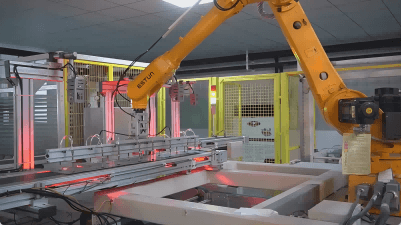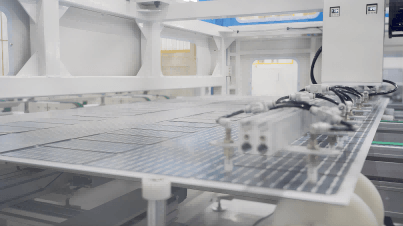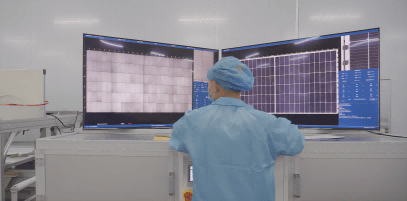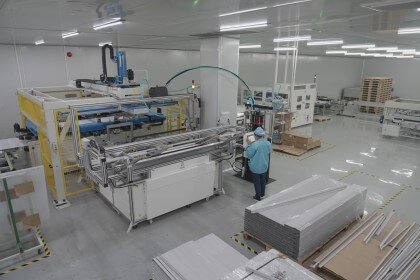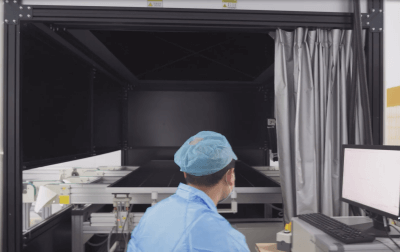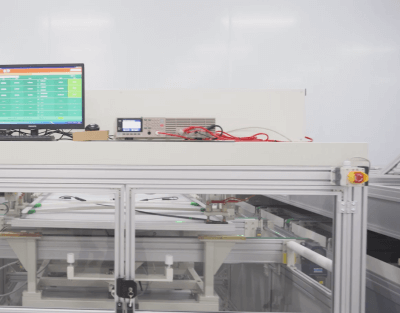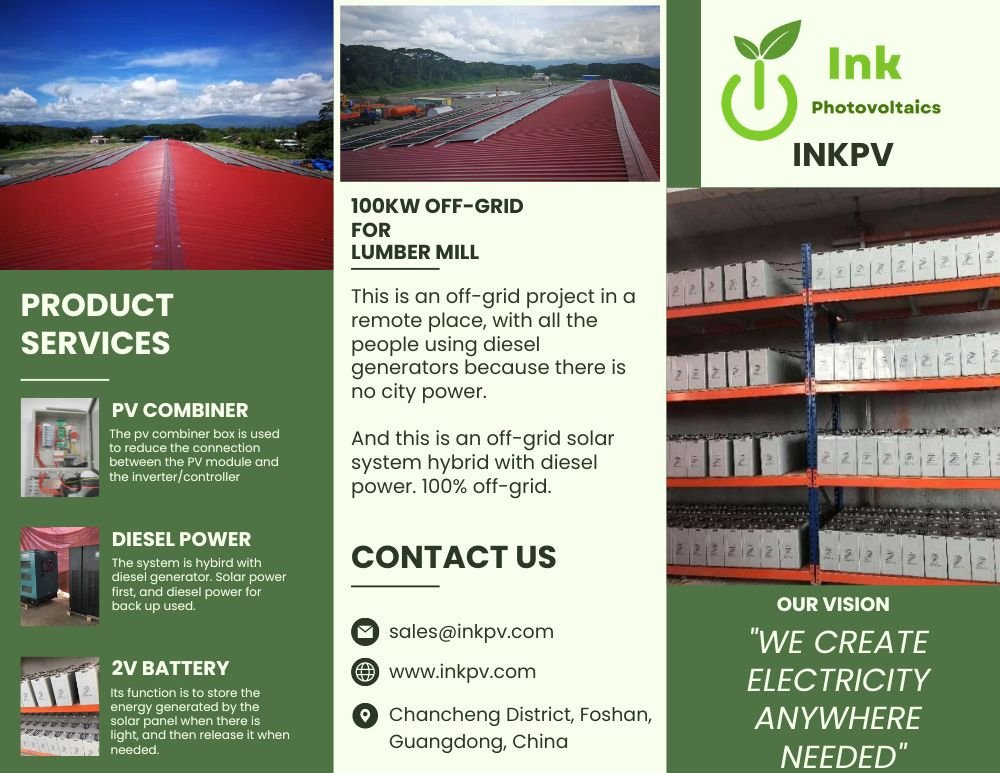I was visiting my friend and he had the InkPV pump, and I imagined if only it were mine. Since I got the pump, it has changed my life because I used to hire petrol pumps to pump water from the river. Now that I have the pump, I can pump from my own borehole and it has made things easier and it is saving me time. I think it’s the best thing that’s ever happened since I started farming.
I had my doubts. I thought this pump couldn’t be real. But when I visited my friend InkPV pump, my doubts were cleared… This is something that will change your life like it changed mine.




